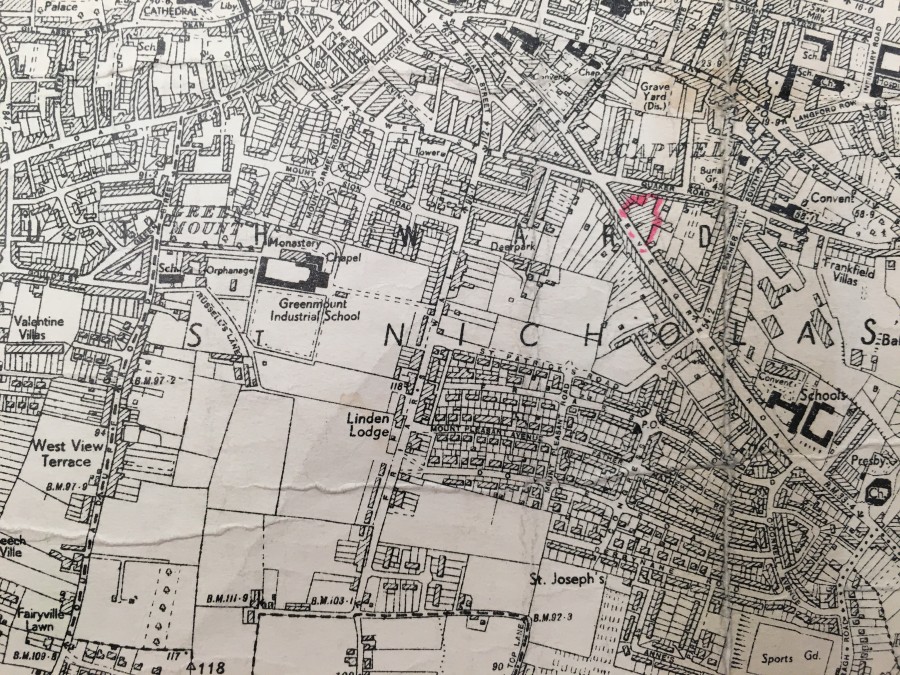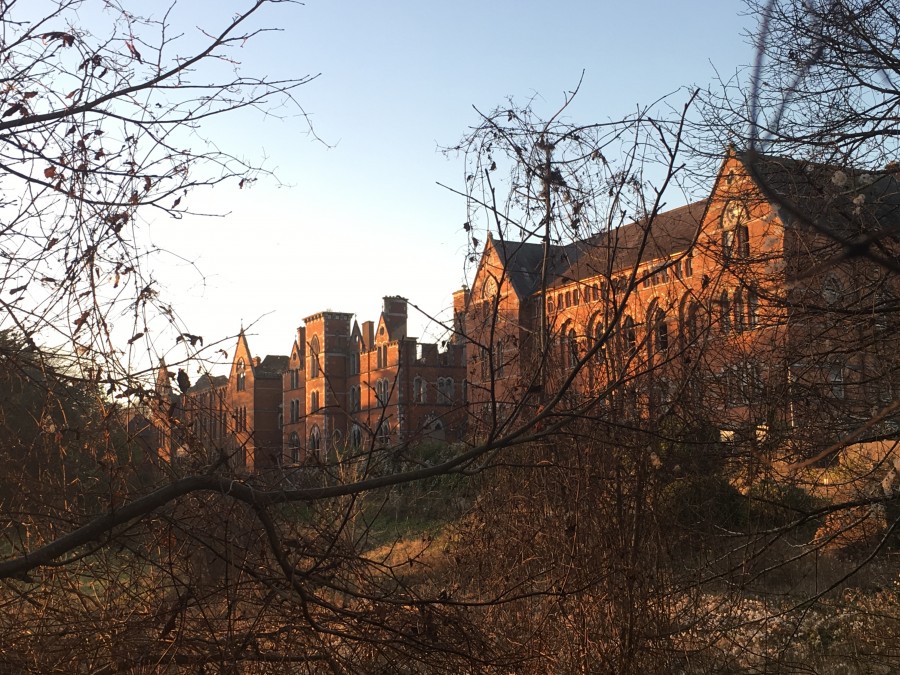
Kieran’s Our City, Our Town Article,
Cork Independent, 23 March 2017
The Wheels of 1917: The Question of Reform
This week, one hundred years ago, coincided with the release of the Annual Report of the Chief Inspector of Reformatory and Industrial Schools in Ireland for the year 1915. Summarised in the Cork Examiner, some insights were given into the structure of such schools. The full report is also digitised as part of the online archive project on British Parliamentary Papers on Ireland, 1801-1922. Some 14,000 items have been digitised by the University of Southampton. In recent years the stories and realities of these schools are also well documented by the report (2009) of the Commission to Inquire into Child Abuse or the Ryan Report, which is online at www.childabusecommission.ie. These offer a comprehensive voice to the structure of processes carried out. However, from a family tracking perspective, archives are scattered between religious orders and the HSE making it difficult to track relatives from past archives even when personal sensitivity are considered.
Industrial and Reformatory institutions were run by religious orders and funded by the public. From the Industrial Schools Act of 1868 to the eventual decline of industrial schools in 1969, over 105,000 children were placed in this state care system. By the 1915 report, there were five reformatories and 66 industrial schools in Ireland. Eight of the latter were for boys under ten years of age, who were then transferred to senior schools. The number of committals to the boys’ and girls’ reformatories increased during the 1915 year, and was in excess of the number committed during the previous two years. The Chief Inspector describes the process for committal for juvenile offenders; “offenders were often only committed when they appear several times before a court, and when unfortunately, they had become fit cases for committal to a reformatory. It would naturally be better that when children are in danger of being led into criminal courses that they were at once taken away from their surroundings and sent to an industrial school”.
In his report, the inspector stressed that being sent to such institutions was not implying committees were guilty of a crime; “Committing a child in one of the former does not imply in any way that he or she is guilty of any criminal offence, or has any tendency towards crime. Amongst children liable to be sent to an industrial school are those under fourteen years of age who may be found begging or receiving alms in any street or premises, whether or not there is any pretence of singing, performing or offering anything for sale; those found wandering and not having any home or settled place any of abode or visible means of subsistence; those not being orphans, found destitute; children under the care of parents or guardians of drunken or criminal habits, and orphans found destitute”. The inspector outlined his perspective that such institutions were to protect destitute children in society; “children will be seen from the foregoing that the purpose of the industrial schools is to provide protection for children who may be destitute or on the way, owing to their surroundings, of lapsing into criminal habits. The reformatories are intended to reclaim young persons who have been found guilty of offences against the law, and to enable them to learn to be useful members of the community”.
An account was given by the inspector of a section for training in domestic science and economy, which were located at four of the industrial schools for girls of the age of sixteen years, and upwards. The Inspector writes about such courses as being set up to provide training to young women who wish to earn a livelihood as household servants. There was he noted; “a desire to undergo a course of sound training in housekeeping, after the expiration of their ordinary period of residence at these schools”.
One hundred years ago, the two industrial schools in Cork were the Greenmount Industrial School for boys and the girl’s industrial school of St Finbarr’s, which was based within the Good Shepherd Convent complex at Sunday’s Well adjacent its Magdalen Asylum and Laundry. Information on the St Finbarr’s school is difficult to source. There is a report of the “Inter-Departmental Committee to establish the facts of State Involvement with the Magdalen Laundries (2013)”, which mentions St Finbarr’s Industrial School but nothing substantial. There is work to be pursued on its history and realities.
The Ryan Report outlines a detailed historical timeline of Greenmount Industrial School. By the turn of the twentieth century, it was certified to take in 200 boys and work was progressing at the grounds so that it would become a farm proficient of giving the boys training in farm work, and at the same time provide food for the School and additional income from the sale of farm produce. The School was constructed on eight acres of land, and the staff and boys in the School began cultivating the surrounding land. The Presentation Brothers continued to develop the farm. They purchased much of the surrounding land at the turn of the century, and the adjacent farm comprised approximately 39 acres by the early twentieth century.
Greenmount also had two further farms located at Lehenagh, on the outskirts of the city. It is recorded in the School annals that the Management decided to sell these farms because of difficulties arising in the day-to-day management of them. The Department of Education records described the farm: “The farm attached to this school has an area of 39 acres. It is used to supply milk and potatoes to the institution. Fifteen cows are kept and the feeding for these is grown on the farm”.
For more information on the Irish Industrial Schools and sources for families, see www.childabusecommission.ie.
Captions:
887a. Map of Greenmount Industrial School and surrounds, 1949 (source: Cork City Library)
887b. Ruin of Good Shepherd Convent, present day (picture: Kieran McCarthy)


